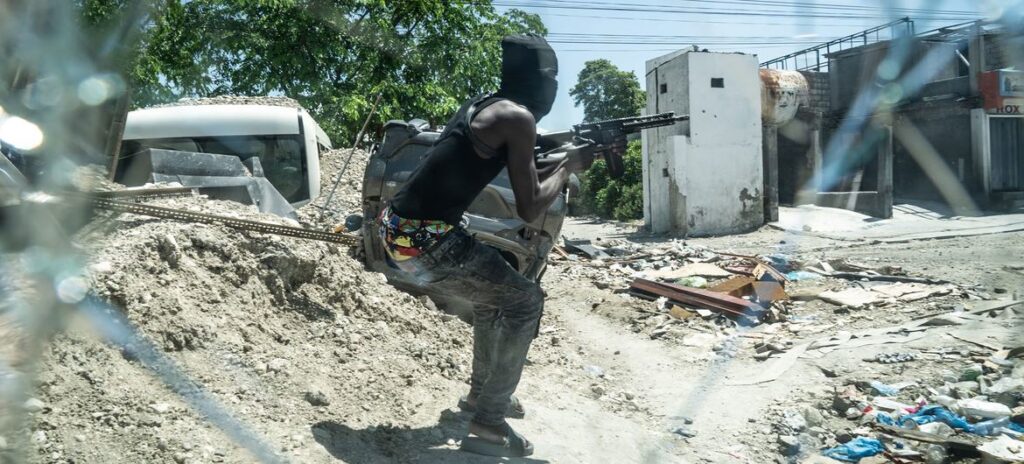|
Getting your Trinity Audio player ready...
|
Haiti was shaken once again on September 13 when armed gangs descended upon the quiet fishing village of Labodrie, located just north of Port-au-Prince. What began as a routine day by the shoreline turned into a bloodbath. Heavily armed men stormed the village, torching homes, looting property, and indiscriminately killing residents. By night’s end, more than 40 people, including a 4-year-old child, lay dead, and countless families were left shattered.
The attack appears to be a retaliation linked to the death of a gang leader named Vladimir, who was killed in Cabaret days earlier. According to analysts, the powerful gang coalition Viv Ansanm orchestrated the assault to send a chilling message to both rivals and civilians alike: resistance would not be tolerated. Survivors reported screams echoing through the streets as entire households were targeted, with some people burned alive inside their homes.
The United Nations swiftly condemned the massacre, describing it as “another devastating blow to human life and dignity in Haiti.” The tragedy highlights the increasing power of gangs, who now operate as de facto rulers in many regions of the country. Residents of surrounding villages fear that similar attacks could happen again at any moment, while local authorities, already stretched thin, admit they have little capacity to mount an effective defense. The Labodrie massacre is more than a horrific event; it is a reflection of a nation where violence has become routine, and where entire communities live under constant siege.

